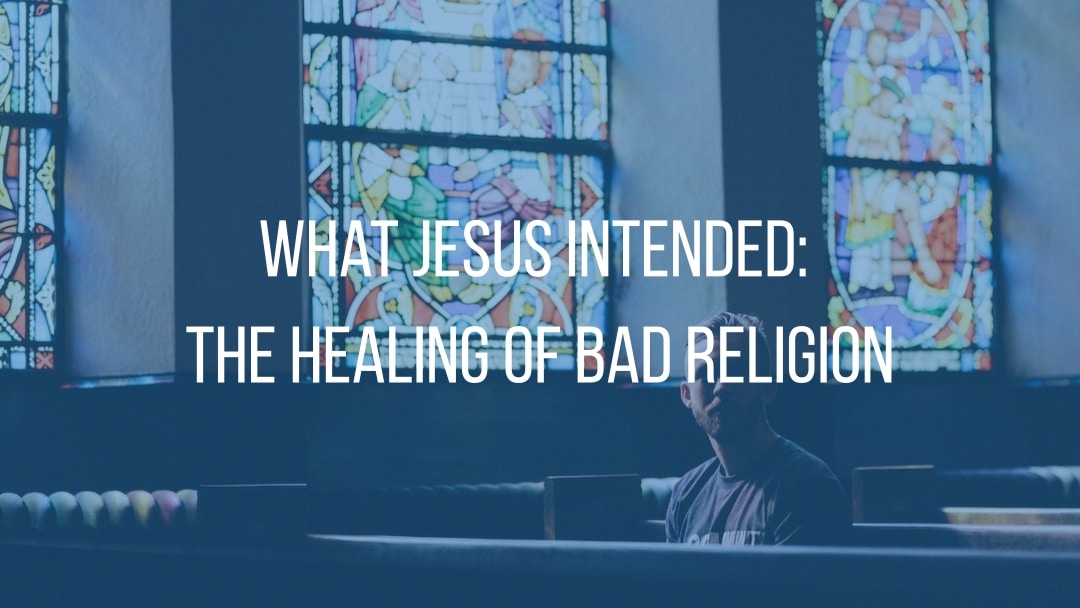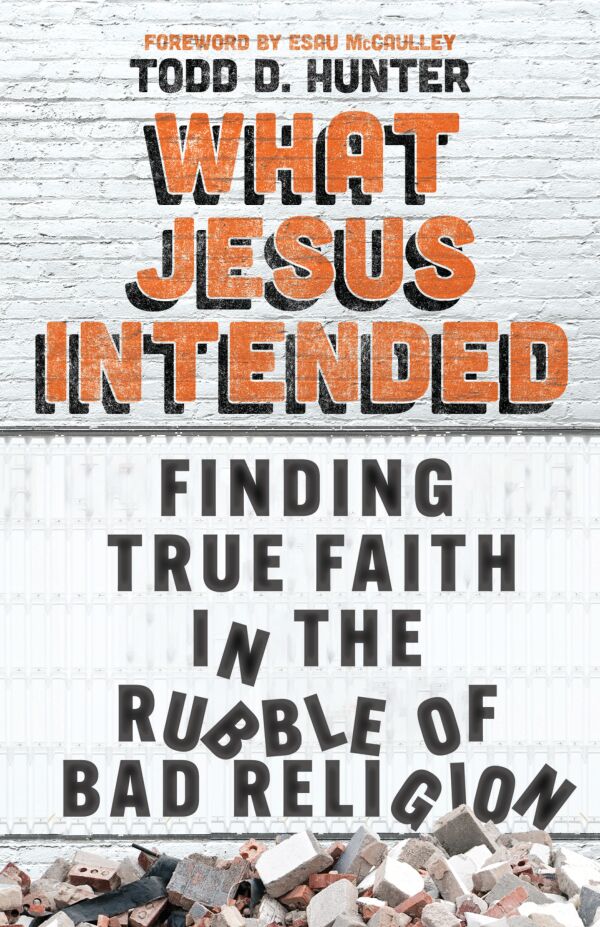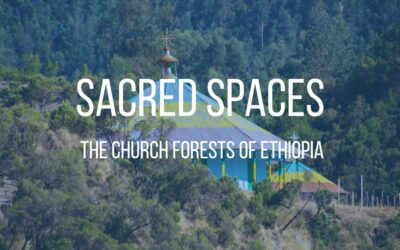Sandy, bravely revealing his pain, schooled me.
He attended a focus group I hosted that sought to create a safe environment wherein a person could express their truest feelings about faith and church.
Taking me up on the invitation to keep it real, Sandy dove in: “I hate church. I see the way volunteers are manipulated to work and then treated like pawns in some game that leaders play to gain power, prestige, and pay raises.”
As his last word landed in our ears, Sandy noticed the bodies around the table becoming still, eyes full of interest, the room silent. This was not an awkward silence. It was a quiet moment that invited him to say more. Holding back tears, Sandy said: “I want to believe in the Church, but seeing how it treated my parents, and now seeing the bigger pattern of using and abusing people, I am done.”
I don’t know where Sandy’s journey ultimately took him. He could be suffering among the church-hurt. He might be deconstructing his faith. Maybe he hopes that someday the impulse to construct new faith will come.
I have heard scores of these stories and read many more. Some are in church, but just barely. Hanging by fraying thread, they might sit with us, but their body language is tilted toward the exit sign.
Sandy stole my heart–as have millions of others who have been hurt by the Church. Centered in Jesus, there is a way forward to good religion for all of us.
Jesus Condemned Bad Religion
Jesus rejected bad religion. He confronted religious leaders who hurt others:
[These leaders of bad religion] tie together heavy packs that are impossible to carry. They put them on the shoulders of others, but are unwilling to lift a finger to move them… [They] forget about the more important matters of the Law: justice, peace, and faith… They look beautiful on the outside. But inside they are full of dead bones and all kinds of filth.
Matthew 23:4, 23, 27 (CEB)
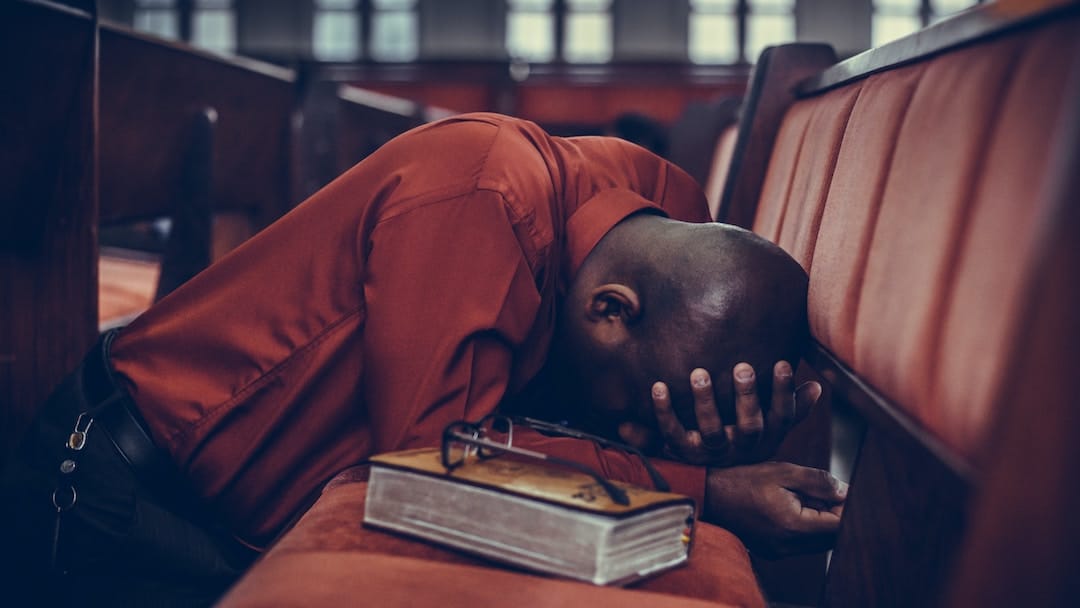
The Message version of the Bible has Jesus calling these supposed spiritual guides “hopeless…frauds…full of arrogant stupidity!” Craig Keener, a New Testament expert, says:
In today’s terms, Jesus was thundering against many popular preachers and people who seemed to be living holy lives—because they were practicing human religion rather than serving God with purified hearts. I suspect that much of what passes for Christianity today is little more than human religion with the name of Jesus tacked on to it…[and it] has failed to transform its followers. [1] (Excerpted from What Jesus Intended: Finding True Faith in the Rubble of Bad Religion.)
Church Reality
The Church is responsible for great pain and great good. Only God can ultimately judge this tension. For instance, this very second, millions of acts of kindness, generosity, and rescue are being done by Christians around the globe. But this does not mean we can therefore say to those abused by the Church, “Oh, don’t make such a big deal of your pain, Pastor So-and-So has a good heart—he means no harm.” No assaulted child or woman, no church member sexually abused or harassed, no staff person dehumanized by bullying should ever hear that defensive sentence from a Christian leader.
What should we do to grasp the truth of church?
A good start is to shift our perspective. What if we stopped judging Jesus through the lens of the flawed Church and rather tried to make sense of the Church through the lens of Jesus’ intention in creating a movement of kingdom people?
At a minimum, we would see that in his own words and actions, Jesus stood against the religious malpractice of his day. He was also seen to be stunningly great, good, powerful, and wise among the common people who were being injured by bad religion.
This was–and is–a common reaction to Jesus:
When he taught… everyone was amazed and said, Where does he get this wisdom and the power to do miracles?
Matthew 13:54 (NLT)
and
When Jesus had finished these wordsthe crowd were astonished at the power behind his teaching. For his words had the ring of authority, quite unlike those of the scribes.
Matthew 7:28 (Phillips)
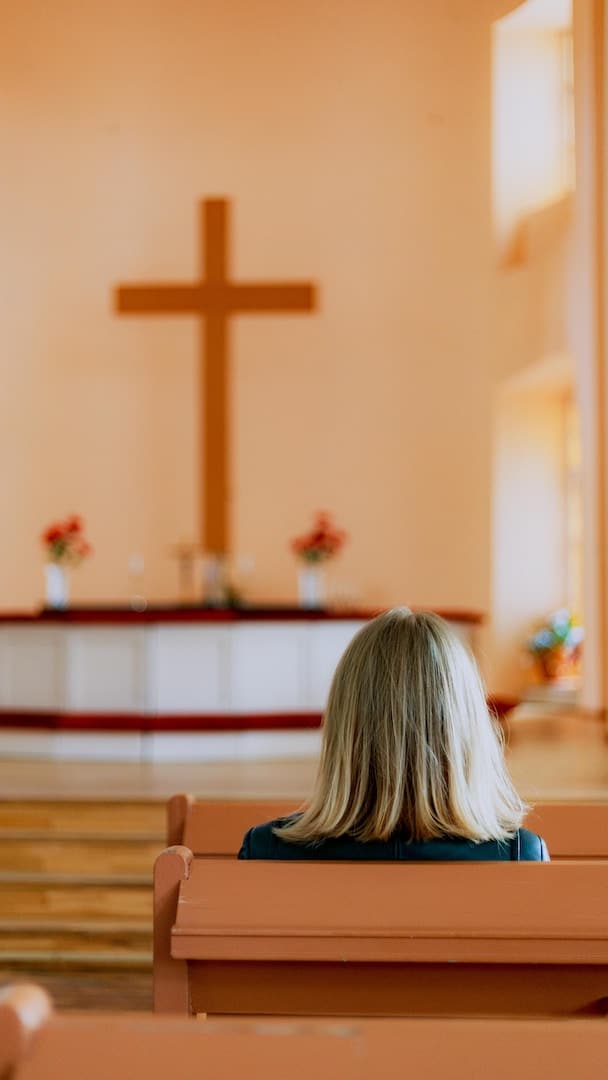
What if we could help the de-churched, the barely-hanging-on-to-faith, to rediscover, fall in love with, and follow that Jesus?
First Love
Like Sandy, maybe you have been hurt and disillusioned by the Church. In addition, anyone who follows Jesus is going to experience times that are spiritually dry, when our hearts are not warm and drawn to God. If we are following Jesus in the context of the church, given enough time we will find discouragement. In Revelation, John hears an angel affirm this reality in the Church:
You don’t have as much love as you used to. Think about where you have fallen from, and then turn back and do as you did at first.
Revelation 2:4 (CEB)
How do we find our first love again? The angel’s words guide us toward action:
-
Reflect on your first love.
-
Repent, turn back toward where you were. These are personal words, not institutional. This does not mean go back to the same church. It is an encouragement to make our way back to our first fascination, curiosity, and affection for Jesus. This is, maybe surprisingly, the way forward.
-
Practice those things you did at first—those habits that facilitated your first love. That might mean listening to your favorite worship song. You might reach for your favorite devotional guide or author who connects you to Jesus. You might pick up an old spiritual practice like meditating while walking. Talk to a trusted friend.
I wish I would run into Sandy again, I’d love to hear and discuss his thoughts about Revelation 2:4. I think it points a way forward for anyone struggling to hold on to Jesus.
[1] Craig S. Keener, Matthew, The IVP New Testament Commentary Series, (IVP, 2011), 335.
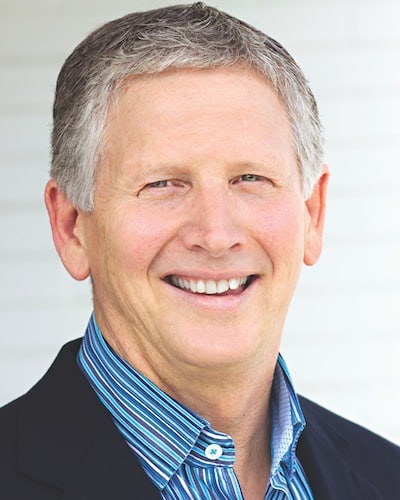
Bishop Todd D. Hunter leads Churches for the Sake of Others (C4SO), a diocese of the Anglican Church in North America and was the founding pastor of Holy Trinity Anglican Church in Costa Mesa, California. He was formerly the president of Alpha USA and the national director for the Association of Vineyard Churches. He is author of What Jesus Intended, Christianity Beyond Belief, Giving Church Another Chance, The Outsider Interviews, The Accidental Anglican, Our Favorite Sins, Our Character at Work, and Deep Peace. Recently, he established The Center for Formation, Justice and Peace. Visit Todd’s website at toddhunter.org. Learn more about Todd’s church-planting initiative, Churches for the Sake of Others.
In Bishop Hunter’s recent book, What Jesus Intended: Finding True Faith in the Rubble of Bad Religion, he addresses the widespread feeling of discomfort and unease many feel in churches today.
Many of us feel unsteady, disoriented, even crushed after an endless string of scandals within the walls of a place meant to offer compassion and safety. Others feel forced to draw back or distance ourselves from the church. All the while, our instincts tell us this is not what Jesus wanted for his people. But what did he intend?
After four decades of ministry, Anglican bishop Todd Hunter is no stranger to betrayal and pain in the church. Still, he has hope. He believes more than ever that Jesus is who the world needs and that Jesus has plans for his followers. In What Jesus Intended, Hunter offers a vision for emerging from the rubble of bad religion and rebuilding faith among a community of sincere believers. By unpacking the purposes of Jesus, we can expose twisted, toxic religion for what it is and embrace the true aims of the gospel.
Come for a fresh hearing of Jesus—one that offers us the healing and goodness we’ve always longed for.
Don’t Miss
The Latest From Our Blog
New Site Launches Tomorrow!
Watch this Space! Tomorrow (May 29) is the official launch of the new The Pastor's Workshop site! Return to this blog tomorrow morning for a post highlighting the new features and explaining how subscribers can get on and start using the site! Here are some new...
How You Can Prep for Pentecost
This was originally posted on May 12, 2016 on https://huffpost.com Pentecost Came Like Wildfire I'm lying on an ice pack early this morning, doing my back exercises and listening to Pray as You Go, a tool for meditation, with monastery bells, music, and a Bible...
Sacred Spaces: the Church Forests of Ethiopia
Let's Go to Ethiopia! Here’s a fun exercise with a spiritual payoff. Go to Google Maps and view aerial images of the South Gondar zone of Ethiopia. Use this button:When the page loads, you'll see a light brown countryside, mostly farmland. There are thin lines of dark...

